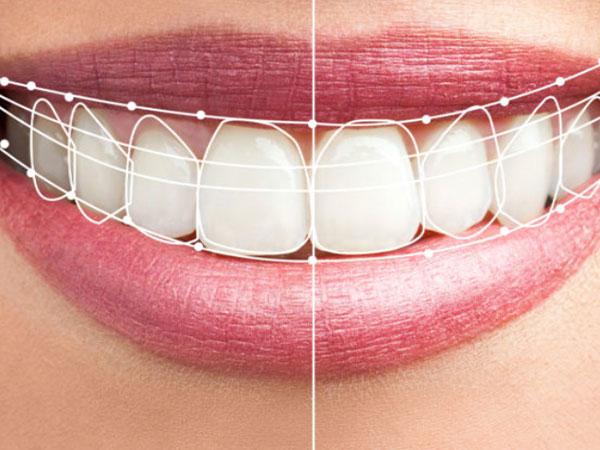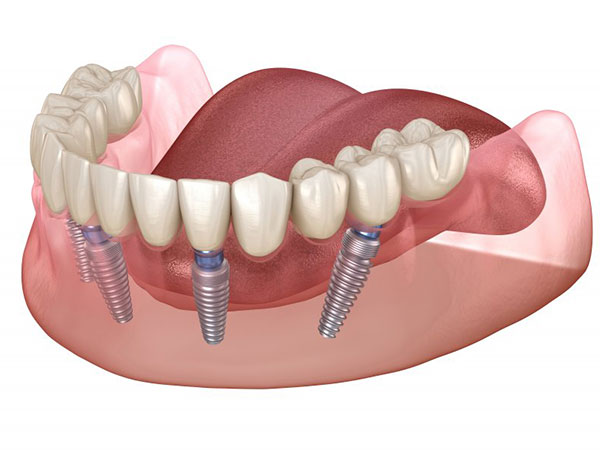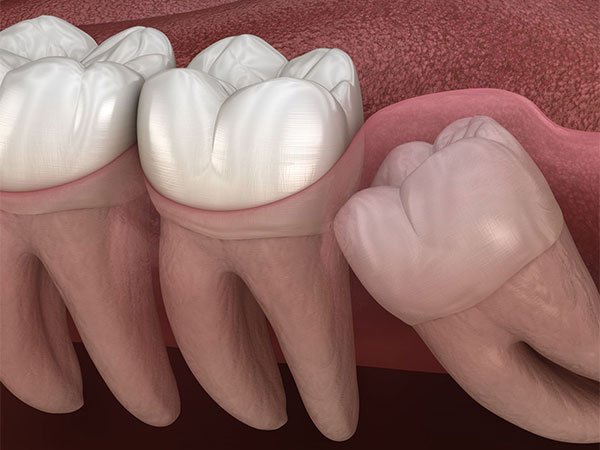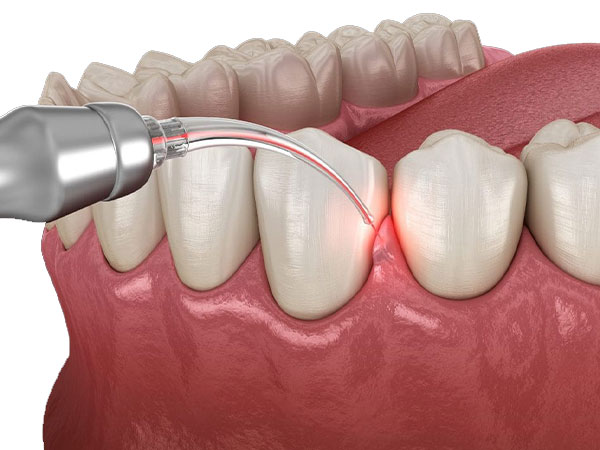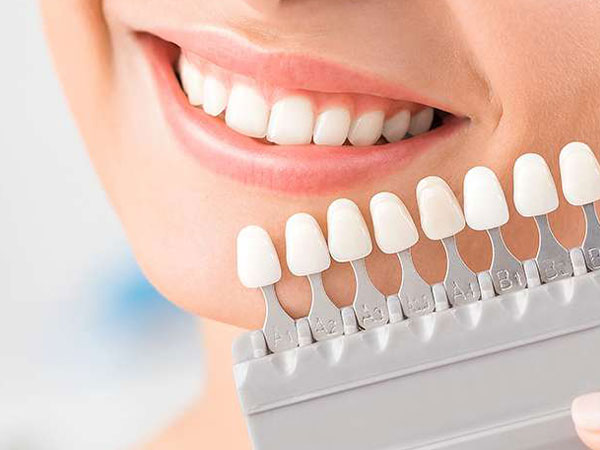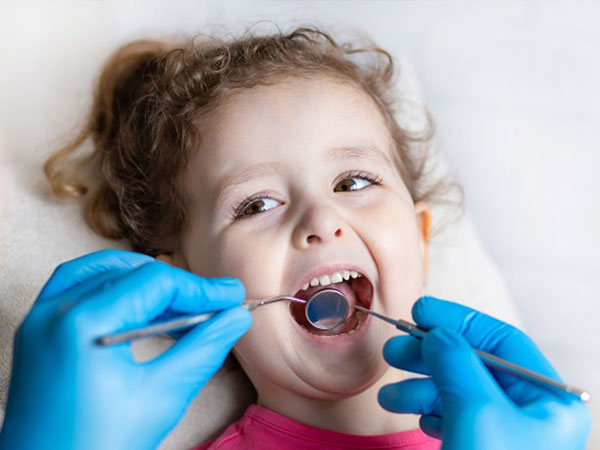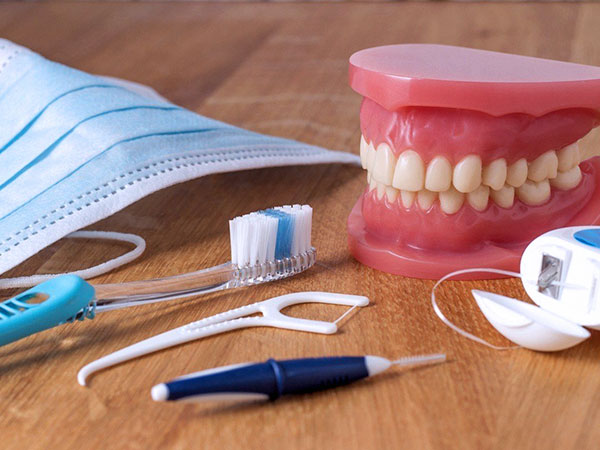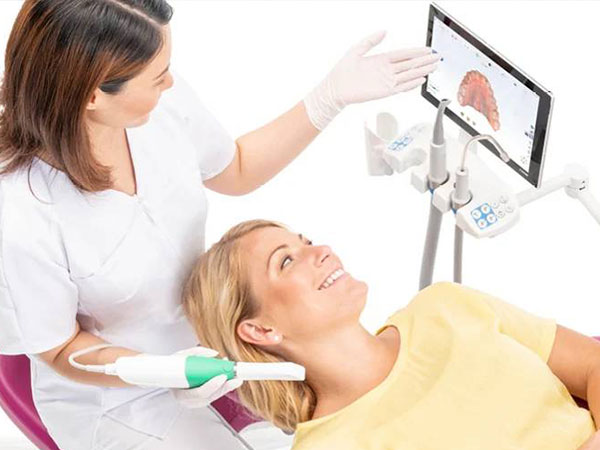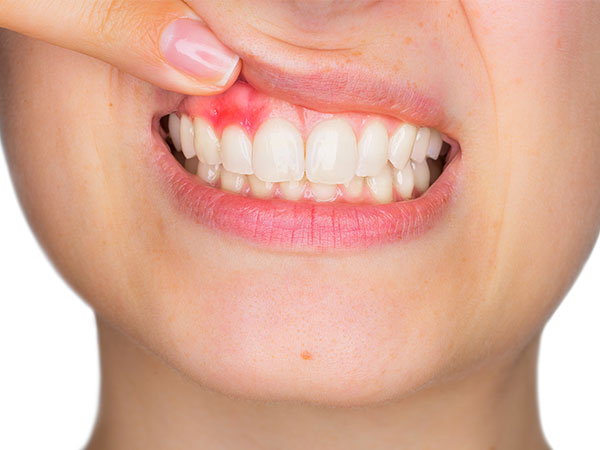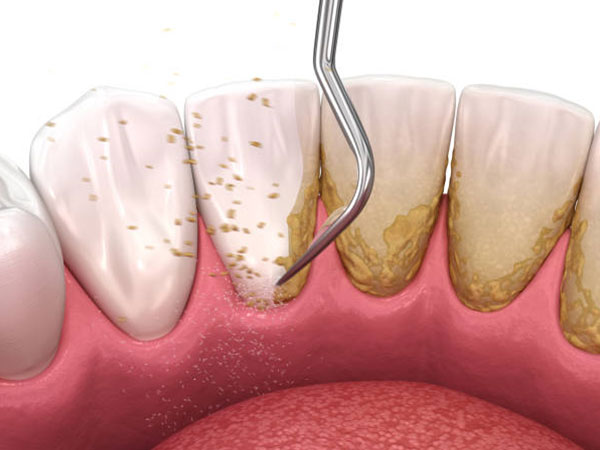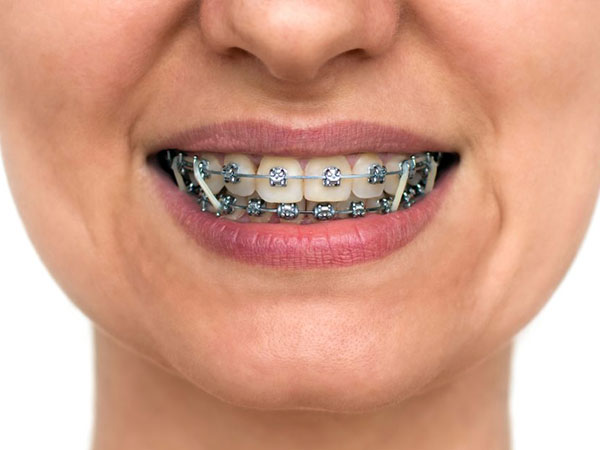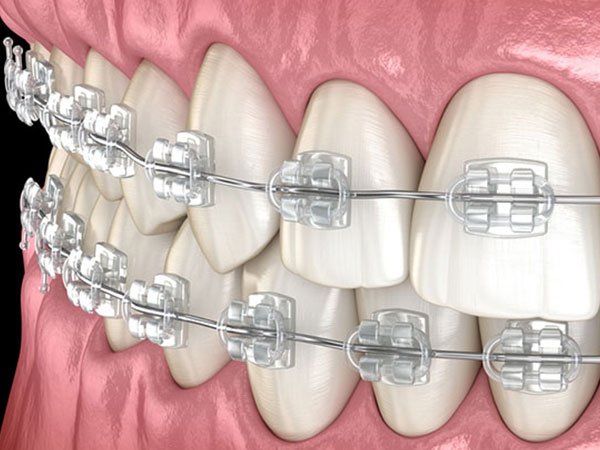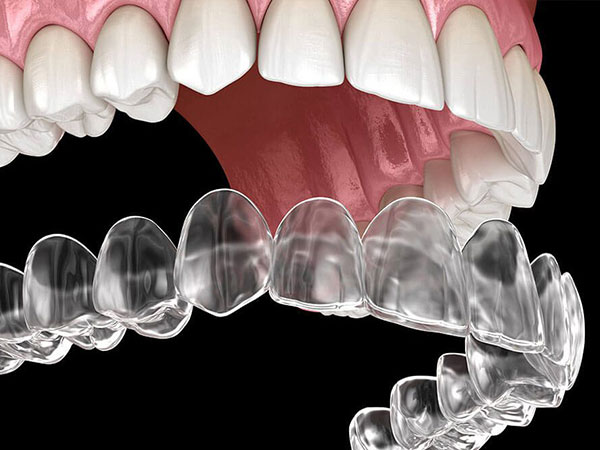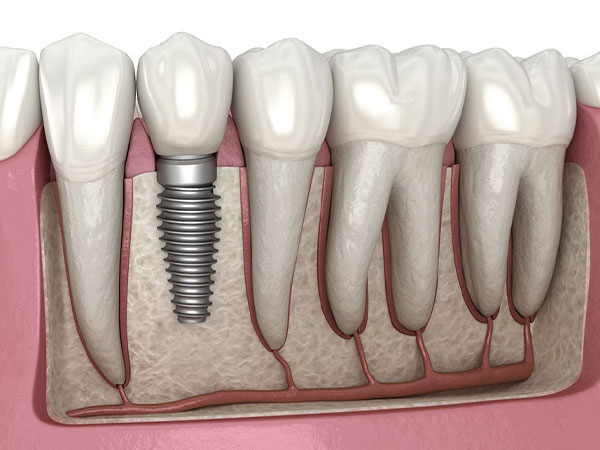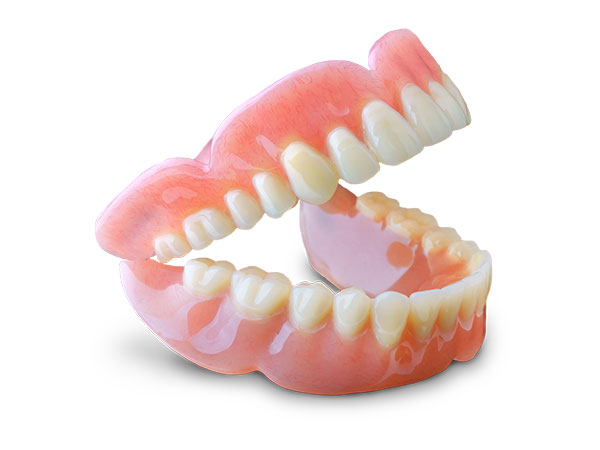Get A Smile Consulation!
Our services
Smile Designing
A smile design is a dental procedure that uses art to create straighter, whiter, and more natural-looking smiles. Regardless of the original state of your existing teeth, it can do wonders to fully restore your dental health and appearance.
The Advantages of Smile Design
Our smile deteriorates with age due to wear, chipping, and discoloration. This can happen gradually and be extremely humiliating. Smile design can make you smile again by revitalising or enhancing your natural smile
The Smile Designing Process
- The first step is to schedule a consultation with the doctor to ensure that we understand your cosmetic dental goals and develop a treatment plan to address any underlying dental issues.
- Patients are encouraged to bring photos of themselves when they were younger or photos of their favourite smile in order for the doctor to better understand their needs and expectations.
- The treatment is designed to be completed in time for your special social function or occasion while minimising the number of appointments.
- All other dental diseases, including dental hygiene issues, are treated first.
- Because no two cases are alike, our doctors create a customised smile just for you.
Various circumstances and its treatment
- Some smile designs only necessitate porcelain veneers, while others necessitate a combination of veneers and crowns.
- Sometimes, missing teeth in the smile zone is fixed with a porcelain bridge or an implant with a porcelain crown.
- Multiple missing anterior teeth may necessitate the use of multiple implants or an implant-supported denture to complete the smile designs.
- When an individual smiles, if too much gum tissue is visible or the gums are uneven, a "gum lift" is performed using lasers to reduce the amount of gum visible.
- If only a few teeth are veneered, the remaining teeth are whitened before the smile design is finished. This ensures that the smile is brightened and enhanced.
Start your project with us, get a quote
Start your project with us, get a quote
Our services
Root Canal Treatment
Root canal treatment is a procedure that removes infection from the nerves of the affected tooth. Pain, prolonged sensitivity to hot or cold, tenderness to chewing, gum swelling, and tooth discoloration are all symptoms of an infection that necessitates root canal treatment. The infected nerves are removed during root canal treatment, and the inside of the tooth is disinfected and cleaned. It is then filled and sealed with gutta-percha, a rubber-like material. For protection, the tooth is then restored with a crown or permanent filling. The tooth continues to function normally after the final restorations.
Root Canal Procedure:
- An x-ray of the tooth is taken after a thorough examination.
- A local anaesthetic is used. During the procedure, a 'dental dam' is placed over the tooth to keep it clean and free of saliva.
- The crown of the tooth is opened, and small instruments are used to clean out the infected pulp tissue and shape the root canal space for filling.
- To prevent bacteria from re-entering the canal, the prepared root canal is filled with a biocompatible material and sealed.
Benefits of Root canal treatment:
Root canal therapy relieves the pain associated with a badly infected tooth that would otherwise have to be extracted. Saving the natural tooth will aid in the maintenance of chewing efficiency and will protect the other teeth from excessive wear or stress. It also aids in the preservation of your natural smile.
Start your project with us, get a quote
Our services
Wisdom Teeth Removal
A wisdom tooth is also referred to as a third molar. Wisdom teeth typically emerge from the gums between the ages of 18 and 21. If the wisdom tooth erupts straight out, it is not necessary to extract it. However, these wisdom teeth do not always emerge as planned. Wisdom teeth can cause pain and infection if they do not erupt properly. This is when wisdom teeth extraction becomes necessary. Specialists can perform the procedure to ensure that the removal is safe and painless.
Procedure :
A wisdom tooth surgery is a minor but delicate surgical procedure performed by a dentist to safely remove a wisdom tooth that has not erupted as desired. Wisdom tooth extractions are typically performed under local anaesthesia. However, a small percentage of patients are sensitive to pain and are concerned about the procedure; these patients have the option of having the removal done under intravenous sedation. A qualified specialist administers intravenous sedation to help patients sleep comfortably throughout the procedure. According to research, wisdom tooth extraction is a very safe and simple procedure.
Dentists will be able to perform wisdom tooth surgical procedures predictably and safely with proper examination and x-ray analysis. The x-rays assist the dentist in planning a successful surgery and noting details such as the positioning of your wisdom tooth and how close the root is growing to the nerve that runs through the lower jaw. This is significant because nerve compression will cause the patient to experience numbness in the lower lip.
There are some common side effects that the patient will experience in the days following surgery. Mild pain, bleeding, and swelling will be experienced for one to two days; however, painkillers and other medication will be prescribed to help with pain management and healing.
- Saving of teeth
- Prevention of pain and swelling
- Elimination of bad breath
- Prevention of cyst formation
Start your project with us, get a quote
Our services
Laser Dentistry
Laser dentistry is a relatively new dental field that provides more comfortable treatment options for a variety of dental procedures. LASER is an abbreviation for "light amplification by stimulated emission of radiation," and it employs a narrowly focused beam of light energy. Many treatments are less invasive, more efficient, and less expensive thanks to lasers.
Laser dentistry can help with the following issues:
- Cavity detection
- Tooth sensitivity
- Teeth Whitening
- Nerve regeneration
- Treating tongue frenulum attachment
- Fillings and other restoration prep
- Canker sores and cold sores
- Removing infected gum tissue
- Excising a benign (non-cancerous) oral tumour
- Sleep apnea-related throat tissue removal to fix breathing or snoring issues
Dentists use lasers in a variety of procedures performed on the inside of the mouth, such as removing slightly excess gum tissue, reshaping gums, and brightening teeth that have become yellowed or stained due to food, drink, or tobacco habits.
Laser dentistry can be beneficial in some cases for children who experience anxiety or fear when having dental procedures performed. Lasers, unlike traditional drills, are not as loud, and they promote blood clotting, which can reduce bleeding and speed up healing.
Types of Lasers:
There are various types of lasers, each of which interacts differently with the tissue in the mouth. As a result, dentists must use a variety of laser beams when performing laser dentistry procedures. Laser beams operate at different wavelengths, and these wavelengths have different effects on gum tissue. Soft tissue lasers and hard tissue lasers are the two main types. Dentists can be very precise with treatment by changing the wavelengths of light used.
Soft tissue laser:
Soft tissue lasers are intended to be absorbed by haemoglobin and water. The gums contain a lot of haemoglobin molecules because they are filled with blood. As a result, soft tissue laser beams are the preferred tool for operations involving the gums rather than the teeth or bones. A nice side effect of this type of laser is that when it cuts through a blood vessel, it immediately seals it up to prevent bleeding or infection.
Hard tissue laser:
When a dentist works on the teeth rather than the gums, he or she will use a hard tissue laser. These lasers are designed to cut through bone, or more specifically the calcium phosphate that makes up bones and teeth.
Start your project with us, get a quote
Our services
Aesthetic Dentistry
Aesthetic dentistry is generally used to reflect any dental work that improves the appearance of teeth gums, or bite. It primarily focuses on improvement in dental aesthetics in color, position, shape, size, alignment and overall smile appearance.
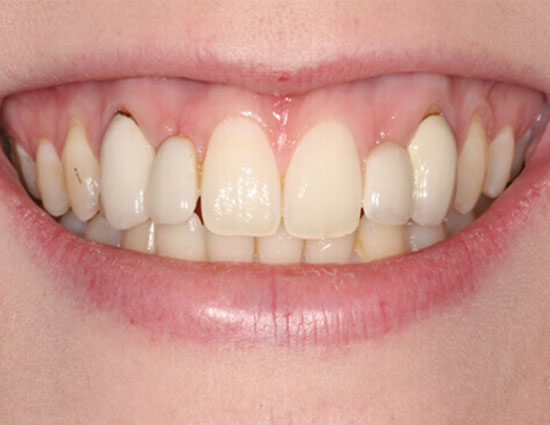
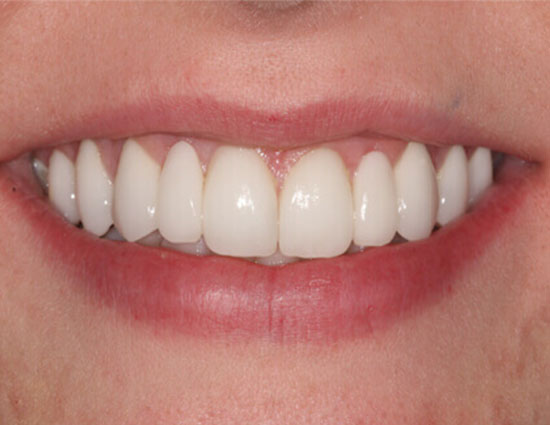
Crowns
Dental crowns are tooth-shaped caps that are placed on the tooth to restore its shape, size, and appearance. It also improves the tooth's strength. If the majority of the tooth is missing, the crown is the best option. A tooth can be restored to normal function by placing a crown on it.
Dental crowns are tooth-shaped caps that are placed on the tooth to restore its shape, size, and appearance. It also improves the tooth's strength. If the majority of the tooth is missing, the crown is the best option. A tooth can be restored to normal function by placing a crown on it.
- Prevent or restore a tooth from fracturing as a result of an accident or trauma.
- Replace a tooth that is too large to accept a filling.
- Get a cap over the implant installed.
- Restore the tooth that was subjected to RCT.
- Cover a tooth that is discoloured, misshaped, or poorly formed.
- If you need a bridge, crowns are a must.
Veneers
Veneers are used to repair teeth that are chipped, uneven, or discoloured. They are made of porcelain or composite material and can be used instead of a crown if your tooth is strong and healthy.
Veneers can give you the desired look regardless of how your teeth currently appear. They're long-lasting, comfortable, and look exactly like your natural teeth.
Benefits of veneers:
- Improve your appearance
- Enhanced your bite function
- Improve your confidence
- Convenient
Thin, tooth-colored shells, also known as laminates, are shaped to bond to the front of your teeth during veneers treatment. Your teeth may be prepared for porcelain veneers by removing a small amount of the front surface of the tooth and then cementing a thin piece of porcelain to your front teeth. Composite veneers are made by applying layers of bonded ceramic composite to the tooth's surface.
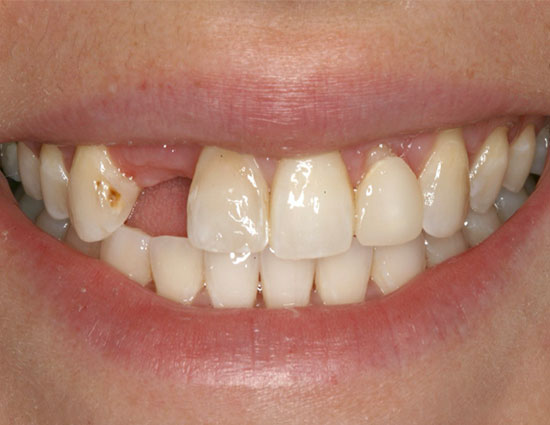
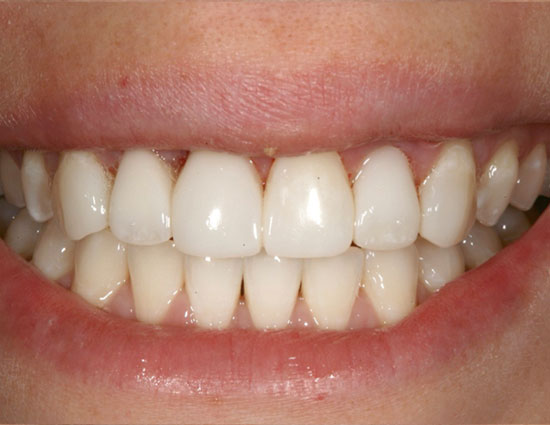
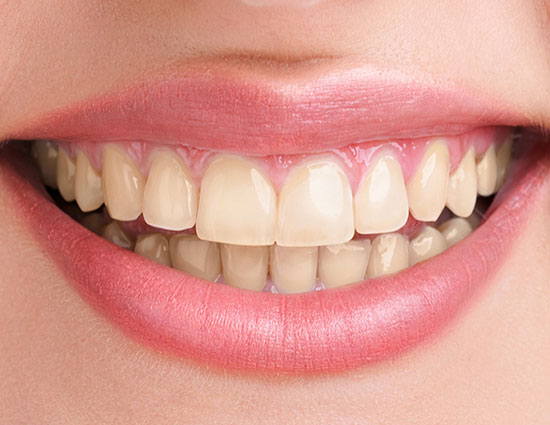
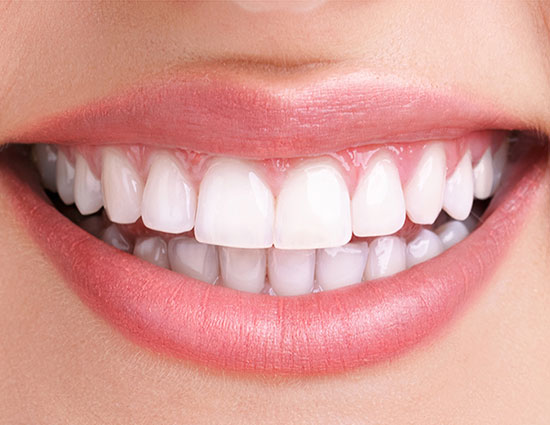
Bleaching (or) Teeth Whitening
Teeth whitening is the process of bleaching your teeth to make them whiter. It will not make your teeth whiter, but it will lighten the existing colour by several shades.
Who is qualified to perform teeth whitening?
Teeth whitening is a type of dentistry that should only be performed on the prescription of a dentist or another regulated dental professional, such as a dental hygienist or dental therapist.
Some beauty salons offer teeth whitening, but this is illegal if a dental professional is not present, and it may jeopardise your oral health.
You can also purchase do-it-yourself home teeth whitening kits, but these come with their own set of risks.
What happens when you whiten your teeth?
If you want to have your teeth whitened, you'll need to go to the dentist twice or three times.
The dentist will take an impression of your teeth in order to create a mouthguard and will instruct you on how to use it with a bleaching gel. Then, at home, you use your mouthguard to apply the gel for a set period of time over a few weeks. Some whitening gels can be applied for up to 8 hours at a time, which can cut treatment time in half.
Another type of teeth whitening system that a dentist can provide is laser whitening, also known as power whitening. After applying a bleaching product to your teeth, a light or laser is shone on them to activate the whitening. It takes about an hour to whiten teeth with a laser.
Start your project with us, get a quote
Our services
Child Dentistry
Children and infants are not immune to oral health issues. What your children eat has an impact on their teeth. Tooth decay can be caused by sugars (found in cake, cookies, candy, milk, and juice) and starches (found in pretzels and potato chips), debris from these foods tends to remain in children's teeth, resulting in bacteria growth and eventually, tooth decay due to which cleaning babies' and children's teeth becomes more difficult. Despite the fact that baby teeth (deciduous or primary teeth) are eventually replaced by permanent teeth, healthy baby teeth are critical to a child's overall health and development.
Dental check list for child
Some babies are born with neonatal teeth (teeth that develop in the first month) that must be removed through dental hygiene or a visit to the dentist. By six months of age, at least one baby tooth has erupted. And, yes, it needs to be cleaned.
Children begin teething in earnest between the ages of six and 24 months, as evidenced by irritability, biting on objects, drooling, and ear pulling. As a parent, you can aid teething progress by massaging your child's gums, providing a chilled teething ring or cold, wet washcloth, and requesting a teething ointment recommendation from your dentist.
Most, if not all, baby teeth have emerged by the age of three. As the jaw, supporting bone structure, and facial bones begin to grow after four years, spaces for permanent teeth begin to appear. It is normal for your child to have both baby teeth and permanent teeth in their mouth between the ages of six and twelve.
Oral Health Necessities for Child
Baby Teeth Cleaning: As soon as baby teeth appear, they should be cleaned. After each bottle or meal, use a soft washcloth or gauze to clean your baby's teeth. When more than one tooth erupts, soak a small-bristled child-sized (age-appropriate) toothbrush in warm water before using it on your baby's teeth, as directed by your dentist. Brush baby teeth with a pea-sized amount of toothpaste. Use fluoride-free water until your child is six months old. Encourage your children to brush their own teeth once they have developed the necessary coordination. Replace toothbrushes every two to three months. Brush children's teeth after they've been given medicine. Acids in medications can erode tooth enamel, which acts as a natural protective coating for the teeth.
First Dental Visit: Your child should see a dentist by the age of one to establish a long-term dental hygiene and professional dental cleaning plan.
Application of Dental Sealants: Dental sealants are used to protect teeth from decay and are appropriate as soon as a tooth erupts.
Fluoride Treatments: Consult your dentist to determine the need for fluoride treatments. Fluoride plays an important role in the prevention of childhood dental caries. This is due to the fact that fluoride changes the molecular structure of the tooth, making it more resistant to acid attack and decay. Children, on the other hand, require the proper balance of fluoride treatment. Too much fluoride can be harmful and lead to fluorosis.
Dental Flossing: When two teeth erupt next to each other, parent-assisted dental flossing should begin. When children are able to floss on their own, they should floss on their own (often by six years of age).
Mouth Washing: Mouth washing is usually recommended by the age of seven, assuming your child is capable of doing so.
Orthodontics: Orthodontics may be appropriate for children as young as seven years old.
Keep in mind that these age ranges are only estimates; you should listen to your dentist's advice.
Start your project with us, get a quote
Our services
Preventive Dentistry
The goal of preventive dentistry, as the name implies, is to keep oral health problems from developing. These issues include tooth decay, gum disease, and other oral health complications.
Why is preventive Dentistry mandatory?
It's critical to remember that your oral hygiene has an impact on the rest of your body. People with diabetes, for example, are at a higher risk of developing gum disease because they have a low resistance to infection. This is just one of many instances where oral health affects more than just your mouth.
Preventive dentistry will also help you avoid the need for emergency dental care.
The various types of preventive dentistry available to you and your family are listed below.
Oral Hygiene counselling: Good oral hygiene is the most effective way to protect your teeth and gums. However, this is often easier said than done!
That is why, if you are having difficulty maintaining good oral health at home, you should consult with your family dentist and his team.
We recommend brushing your teeth twice a day and flossing once a day. This will aid in the removal of dental plaque from your teeth and gums. It will also aid in the prevention of tooth sensitivity.
Teeth Cleanings & Exams: Did you know that dental plaque becomes tartar when it hardens? Tartar can only be removed by a dental professional, which is why you should schedule routine teeth cleanings with your dental specialist. Dentist use a special tool called a scaler to gently scrape away plaque and tartar during a teeth cleaning.
We recommend that you visit us at least every 6 months for teeth cleanings and oral examinations.
Dental X-Rays: X-rays allow us to see what's happening beneath the surface of your teeth. It also enables us to assess the health and condition of your jaws.
For example, to prevent further bone loss in the jaw, we may recommend a dental implant.
Pit and Fissure Sealants: Pit and fissure sealants are clear, plastic coatings applied to the chewing surfaces of your molars by our dentist. These sealants fill in small cracks and divots where plaque would normally accumulate. While dental sealants can help prevent cavities in your back teeth, it's still important to practise good oral health.
Gum Disease Treatment: Gingivitis (gum inflammation) is reversible with good oral care and routine teeth cleanings at least every 6 months. Gingivitis, if left untreated, can progress to periodontitis.
Start your project with us, get a quote
Our services
Intra Oral Scanner
The intraoral scanner is an electronic device that reproduces the anatomical structures of the buccal cavity in 3D images, allowing for the creation of a digital document of the same to work on.
They can be used for a variety of purposes, including:
- Smile designs are used in orthodontic treatments, resulting in retainers and palatal appliances. Allowing for the real-time observation of imperfections that require correction-alignment.
- In treatments involving unidentified lingual brackets and invisible aligners, such as Invisalign aligners.
- Obturators and Partial prostheses
Digital Smile Designing
Digital Smile Designing is the best for smile makeovers. You get the fabulous smile with the help of digital smile designing software. DSD helps to plan the smile makeover in the perfect sense. Every corner of your smile is analysed precisely with DSD before carrying out the treatment. DSD can give the visual treat of the final outcome well-before the treatment process. DSD connects the smile-line points and determines the shortages all over. By following the digitally determined point lines in the treatment process, we can create the magic of perfect smile makeovers.
Facial aesthetics are directly related to form, texture, colour and alignment of the anterior teeth. Uneven shape and size of the teeth can also be accurately corrected with Digital Smile Designing. It utilises the photographic information to create the aesthetic protocol. We take exhaustive photographs of your smile, in different angles and transfer the same into DSD, for the software to analyse and predict the best smile for you. It diminishes clinical-errors, reduces overall time and improves the understanding and transforms in designing a naturally appealing smile.
Start your project with us, get a quote
Our services
Gum Disease
Infections and inflammation of the gums and bone that surround and support the teeth are the main causes of periodontal disorders. When gingivitis occurs in its early stages, the gums may swell, get red, and even bleed. Periodontitis, its more severe variant, can cause bone loss, gum tissue separation from the tooth, and eventual tooth loss. Most cases of periodontal disease occur in adulthood. The two main dangers to dental health are periodontal disease and tooth decay.
Causes:
Periodontal disease is brought on by bacteria in the mouth infecting the gum tissue that surrounds the tooth. Plaque, also known as calculus, is created when bacteria remain on the teeth for an extended period of time. When tartar accumulates below the gum line, it is more difficult to clean the teeth. The periodontal disease process can only be stopped by tartar removal performed by a dental health specialist.
Treatment for gum disease:
Good dental care and routine professional cleaning can prevent and treat gingivitis. Even more severe cases of periodontal disease can be successfully treated, albeit it might take longer. Deep cleaning of the tooth root surfaces below the gum line, oral prescription drugs, gum-directed treatments, and occasionally corrective surgery may be part of this treatment.
To help prevent or control periodontal diseases, it is important to:
- Brush and floss every day to remove the bacteria that cause gum disease.
- See a dentist at least once a year for checkups, or more frequently if you have any of the warning signs or risk factors mentioned above.
Start your project with us, get a quote
Our services
Scaling and Polishing
Scaling and polishing, also known as teeth cleaning, is one of the most fundamental dental procedures. Even if you brush and floss after every meal, plaque and tartar will still accumulate on your teeth after eating, potentially leading to serious gum disease or tooth decay in the long run. As a result, regular check-ups and cleanings by dental professionals are required.
Scaling: Using our ultrasonic scalers, we remove hardened plaque and tartar (calculus) from your teeth. This device removes unwanted dirt by knocking it out with ultrasonic vibrations. It can remove tartar much faster than a manual hand scaler could in the past.
Polishing: Polishing, on the other hand, is the removal of plaque and stains from the surface of your teeth using a spinning polishing cup/brush. This procedure also smoothens out the external surfaces, making it more difficult for dirt to adhere to your teeth.
If necessary, your dentist may apply a concentrated fluoridated gel to your teeth at the end of the scaling and polishing session. This gel is available in a variety of flavours, including raspberry, and its purpose is to aid in the prevention of tooth decay by making the tooth more resistant to acid attacks from bacteria in our mouth.
Why Scaling and Polishing is necessary?
Scaling removes all dirt from your teeth, but polishing prevents and delays future attachment and accumulation of new dirt.
- Remove tartar from not only the visible surfaces, but also from beneath your gums!
- Remove stains for a brighter, cleaner smile.
- To prevent new tartar accumulation, the surface should be polished and smooth.
- If necessary, local anaesthesia can be used to provide a painless polishing and scaling experience.

